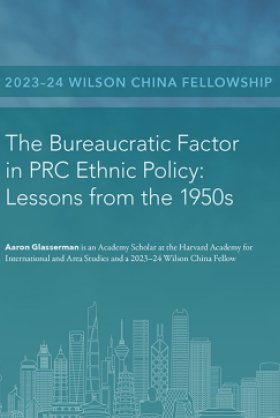The Bureaucratic Factor in PRC Ethnic Policy: Lessons from the 1950s


Over the past decade, the People’s Republic of China has sought to aggressively assimilate ethnic minorities. Focusing on developments in Xinjiang, international media and scholarship mostly have analyzed the crackdown on minorities in relation to Beijing’s recent fears about terrorism and ethnic separatism, as well as the shift toward state capitalism and economic exploitation of the frontier since the 1980s. However, to understand what is driving the swing toward assimilationism, we also need to analyze the historical and institutional context of the PRC’s ethnic policy, in particular the ethnic affairs bureaucracy (EAB). Accordingly, this chapter outlines the Chinese Communist Party’s theory of the “national question,” the development of the EAB, and an earlier swing toward assimilationist ethnic policy in the 1950s. It shows that bureaucratization in the form of the EAB left ethnic policy prone to politicization, with dire consequence for minorities. Much as we have incorporated institutional dynamics into our understanding of the policy process when it comes to China’s economy, foreign relations, and environmental protection, so too should we consider the bureaucratic factor when analyzing ethnic policy and the politics that affect its local implementation.
Author

Academy Scholar, Harvard Academy for International and Area Studies

Kissinger Institute on China and the United States
The Kissinger Institute works to ensure that China policy serves American long-term interests and is founded in understanding of historical and cultural factors in bilateral relations and in accurate assessment of the aspirations of China’s government and people. Read more






